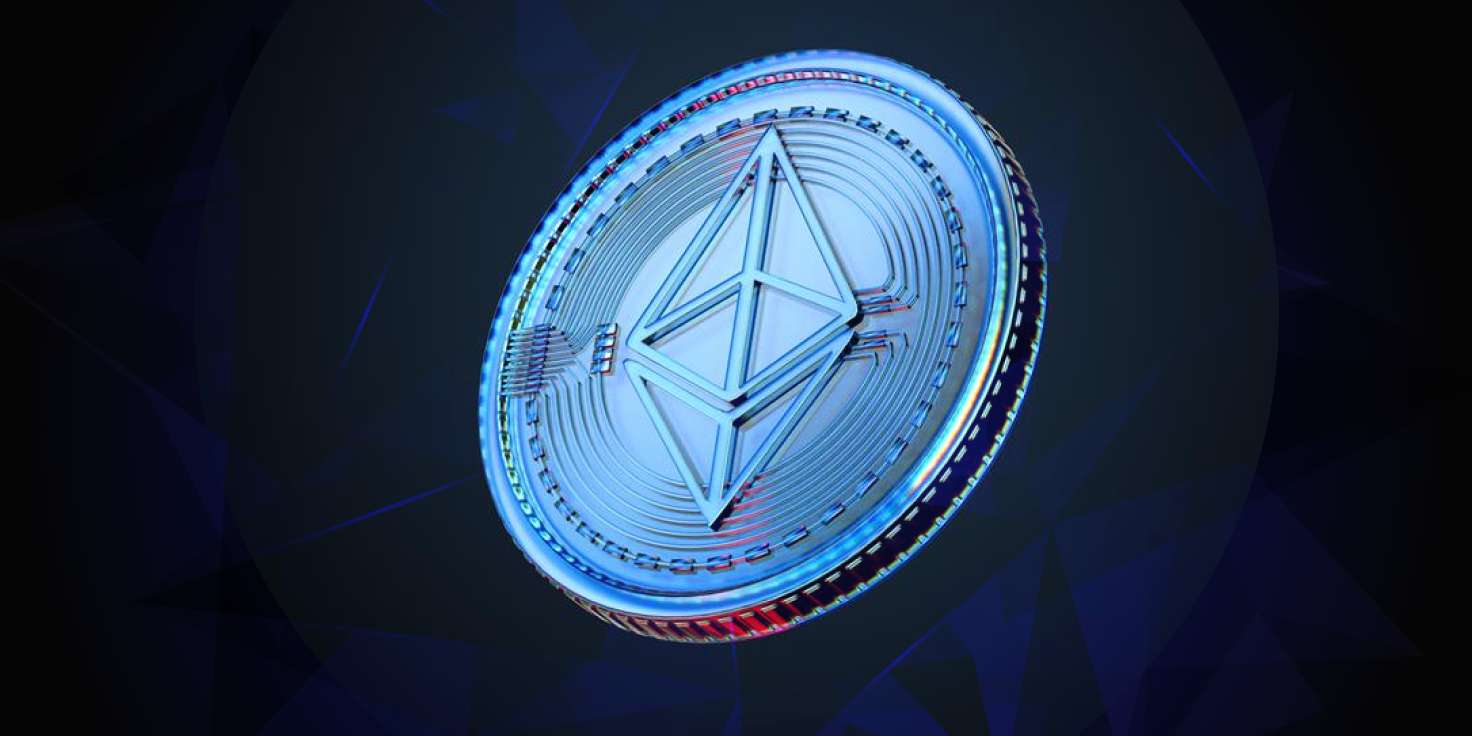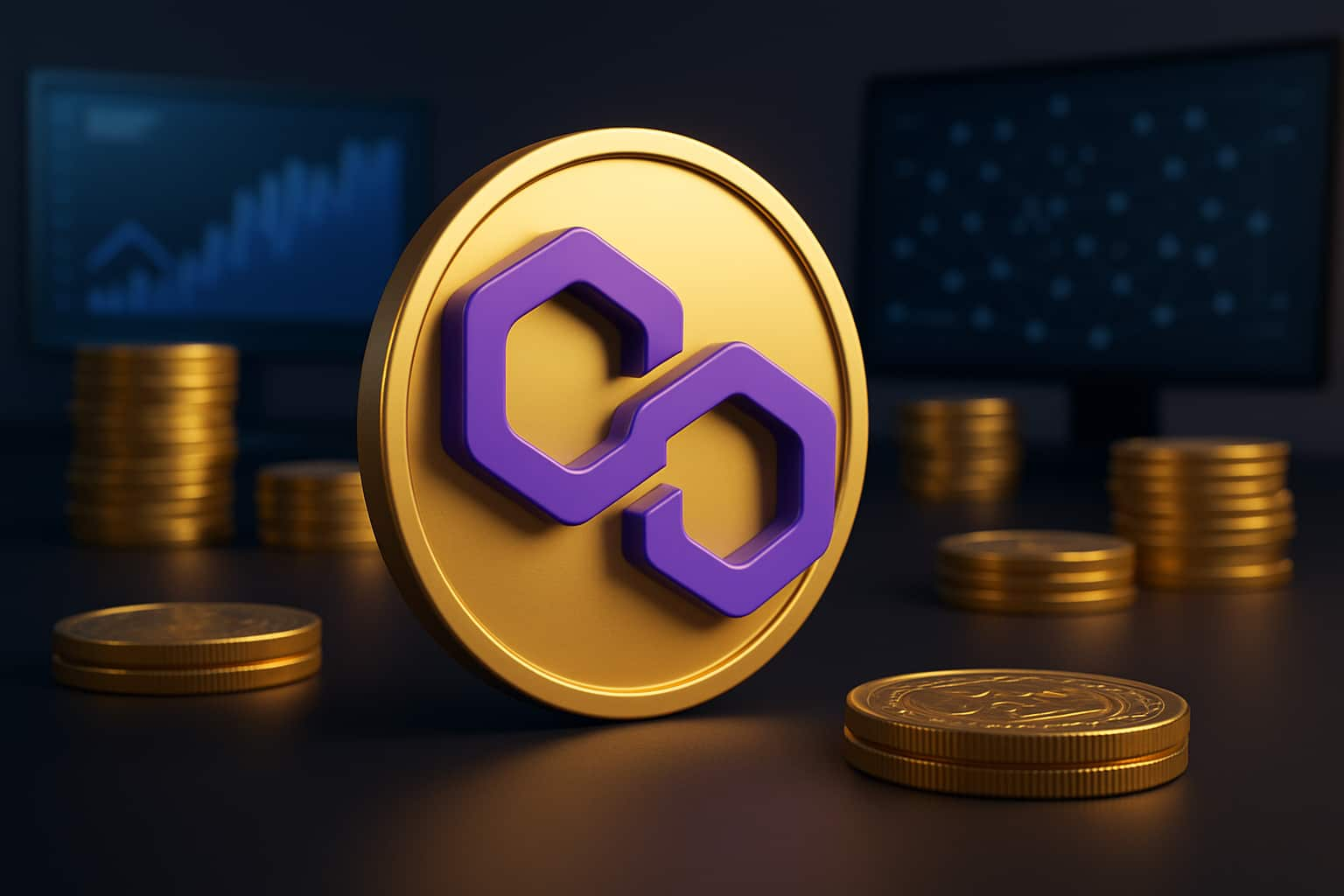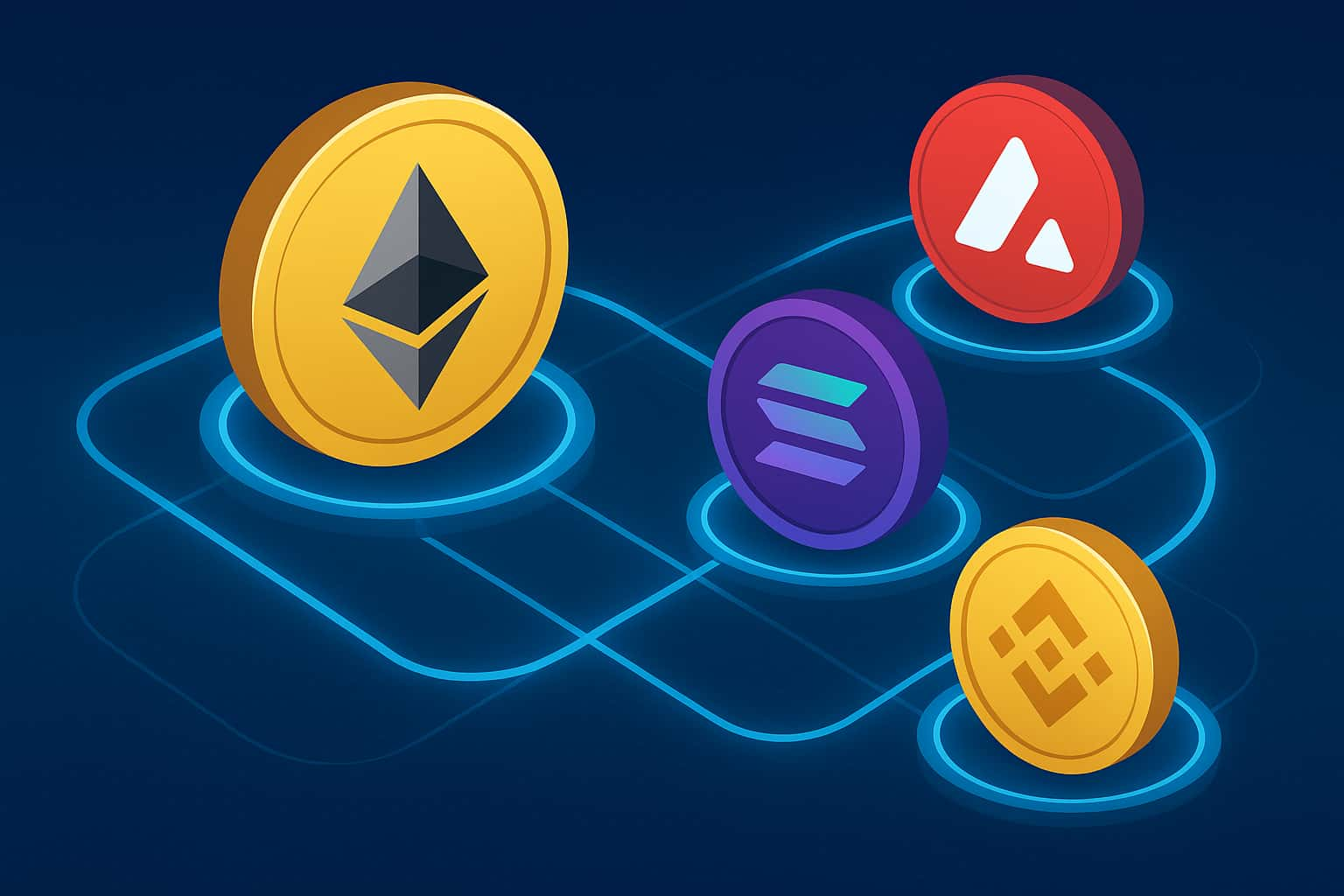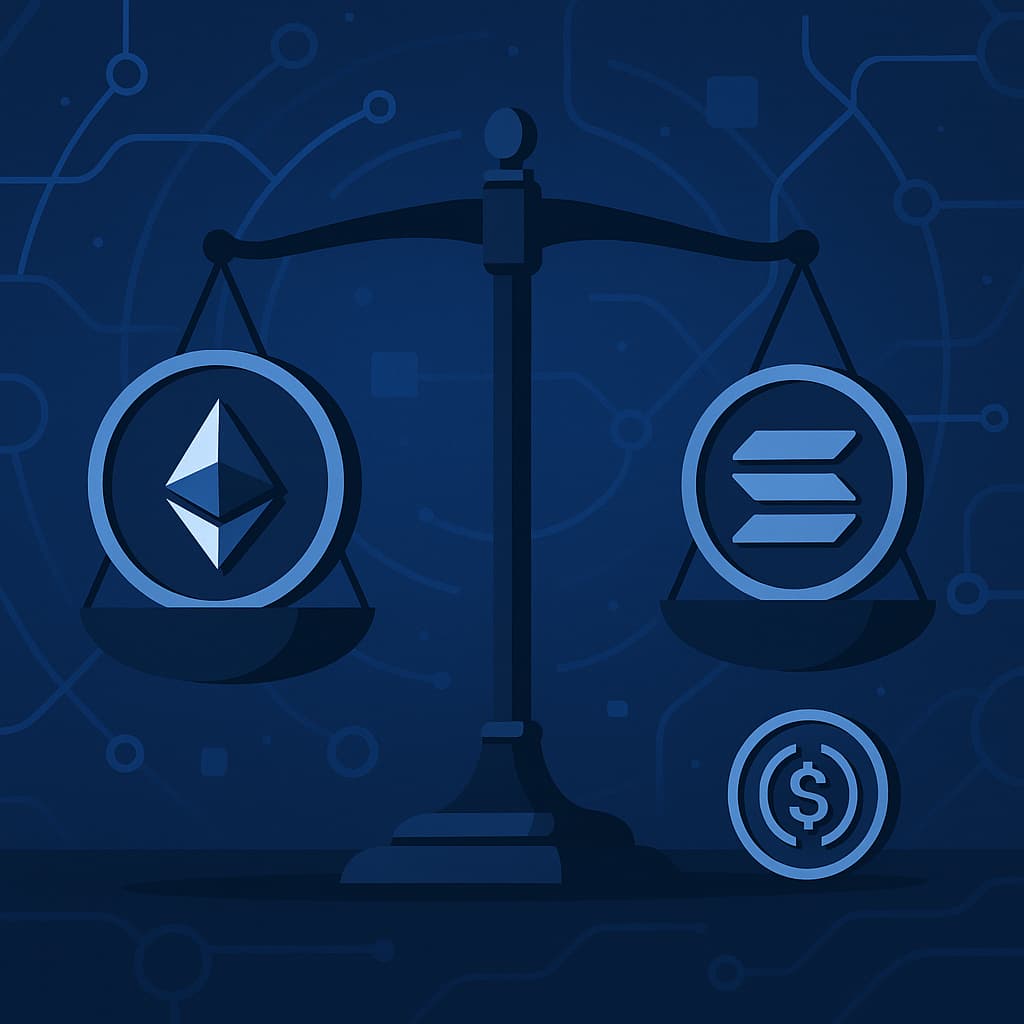Ecosystem Maturity
The platform is the most established blockchain, powering a wide range of industries from finance to digital media. Its established tooling, standards, and governance provide businesses with long-term confidence.
A Complete Business Guide

It is a decentralized, open-source Layer-1 blockchain platform that introduced the concept of smart contracts, self-executing programs running on-chain. It powers thousands of decentralized applications (dApps) across finance, gaming, NFTs, enterprise solutions, and Web3 infrastructure. As the most widely adopted programmable blockchain, it continues to shape the foundation of decentralized economies worldwide.
Proposed in 2013 by Vitalik Buterin and launched in 2015, the platform was designed to go beyond Bitcoin’s financial use case by enabling programmable applications on a blockchain. It introduced the Ethereum Virtual Machine (EVM), which became the global standard for executing decentralized smart contracts.
The platform’s vision is to be a decentralized “world computer” where applications run without downtime, censorship, or fraud. While performance may not match newer blockchains, it emphasizes security, programmability, and decentralization, making it the most trusted environment for Web3 development.
The platform commands the largest share of the blockchain ecosystem, with:
Its strong network effects and maturity make it the go-to blockchain for both startups and institutions.
Businesses choose it because it combines credibility, ecosystem depth, and future-proofing. Unlike newer blockchains, it has years of market validation, institutional pilots, and proven resilience.
The platform is the most established blockchain, powering a wide range of industries from finance to digital media. Its established tooling, standards, and governance provide businesses with long-term confidence.
With Solidity as the dominant language and the EVM as the standard runtime, companies benefit from a global pool of experienced developers, extensive documentation, and mature testing frameworks.
The platform hosts the largest DeFi ecosystem, giving businesses instant access to liquidity pools for token launches, lending, and investment opportunities.
The platform acts as a base layer for Layer-2 scaling solutions like Optimism, Arbitrum, zkSync, and Base. This ensures businesses can start small on it and later expand capacity without leaving the ecosystem.
Building on the network signals credibility. Enterprises, startups, and even governments trust it as the blockchain of choice for public, regulated, or consumer-facing projects.
The platform’s architecture is designed around security and programmability, with scalability supported by external solutions.
In 2022, the platform completed “The Merge,” shifting from Proof of Work to Proof of Stake. This reduced energy use by ~99% and set the stage for scalability improvements. PoS secures the network through validators who stake ETH and are rewarded for honest participation.
The EVM ensures smart contracts execute the same way everywhere, making the blockchain platform the most interoperable blockchain standard. Its dominance ensures dApps can run on it and other EVM-compatible chains with minimal modification.
Rollups and sidechains process transactions off-chain while settling results on the network. This allows low-cost, high-throughput applications while maintaining its' base-layer security.
The netwok hosts the largest blockchain ecosystem, spanning every major Web3 vertical.
The network pioneered decentralized finance:
The network’s DeFi ecosystem drives innovation in yield farming, derivatives, synthetic assets, and insurance.
The network is synonymous with the NFT boom.
| Feature | Ethereum (PoS) | Solana | Polygon (Sidechain) | Avalanche |
|---|---|---|---|---|
| Consensus | PoS (Validators + L2s) | PoH + PoS | PoS | PoS |
| TPS | ~30 (L1) | 65,000+ | ~7,000 | ~4,500 |
| Avg Fee | $0.30–$3 (L1) | <$0.01 | <$0.01 | ~$0.10 |
| Smart Contracts | Solidity, Vyper | Rust, C, Anchor | Solidity | Solidity |
| Key Strength | Security + Ecosystem | Speed + Low Cost | Ethereum Scaling | High Throughput |
The network may be slower and costlier, but its security, liquidity, and adoption remain unmatched. Competitors often target speed or cost but lack it’s institutional trust and global developer dominance.
The network supports a wide range of industries and real-world applications:
Trading - Billions in assets are traded daily on Ethereum-based exchanges
Lending & Borrowing - Protocols like Aave democratize credit access.
Payments - Businesses use stablecoins for cross-border transactions with instant settlement.
Securities - Enterprises tokenize stocks and bonds to improve liquidity.
Real Estate - Properties can be fractionalized, enabling broader investment.
Commodities - Gold, carbon credits, and other assets are tokenized for trading.
Collectibles - Artists monetize work with royalties encoded in smart contracts.
Loyalty Programs - Brands use NFTs to engage customers with perks.
Publishing - Musicians and writers release IP as NFTs to retain control.
Play-to-Earn - Players earn rewards from decentralized games.
NFT Assets - In-game items retain value outside specific platforms.
Metaverse - Decentraland and The Sandbox build Ethereum-based virtual economies.
Supply Chains - Track goods globally with Ethereum-based provenance systems.
Identity Management - Use decentralized IDs to streamline verification.
Payments - Enterprises process transactions securely at scale.
Despite its dominance, the network faces challenges:
Costs can spike during demand surges.
Even with rollups, base-layer TPS is limited.
Complex wallet setups and fee mechanics hinder mass adoption.
Ethereum-based DeFi platforms face increasing compliance pressures.
Businesses must weigh these risks when choosing the platform for mission-critical solutions.
Learn Solidity, experiment with frameworks like Hardhat or Foundry, and deploy contracts on Sepolia or Goerli testnets.
Begin with pilots on Layer-2s to balance costs, then scale to mainnet for visibility and security.
Stake ETH, explore DeFi lending pools, or invest in Ethereum-native startups.
Install MetaMask or Trust Wallet to interact with the network’s dApps.
The blockchain’s roadmap ensures it will remain central to Web3 innovation.
Sharding and rollup-centric scaling promise exponential throughput increases.
Financial institutions are launching tokenized bonds, ETFs, and securities on the network.
Growth of Arbitrum, Optimism, zkSync, and Base will lower fees and broaden adoption.
Post-Merge the network has become one of the most eco-friendly major blockchains.
Future use cases include on-chain AI models, machine-to-machine payments, and IoT supply chain automation.
Common questions and answers, their implementation, and practical considerations for businesses and developers.

By using this site, you allow our use of cookies. For more information on the cookies we use and how to delete or block them, please read our cookie notice.
We would love to
hear from you!


Innovate with confidence!


